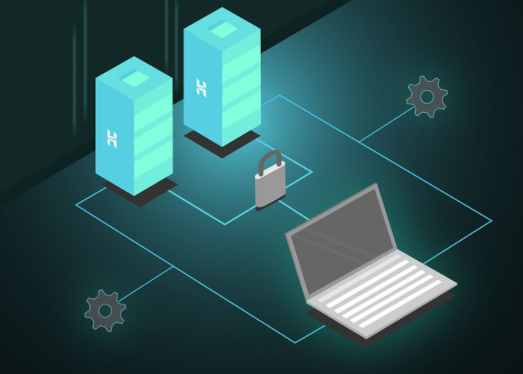Strategies To Improve IT Management In Your Organization

IT infrastructure is one of the cornerstones of any organization today. Management of the hardware and software that make up your company’s IT is one of the most important aspects of ensuring proper business functioning on a day-to-day basis. This article aims to provide an overview of the benefits and strategies for managing your IT.
Decrease Costs of Operation
Efficient IT management operation can help you reduce the operating costs of your organization. Hardware or software inefficiencies can often inhibit your company from operating at its peak performance due to issues such as computer slowdowns or network failures.
Explore GIGE Corporation’s IT Infrastructure Solutions
Improve Customer Relationship
Technical failures can be a major point of friction for customers in need of service. From poor VoIP phone reception, to lost data or breached systems, a strong IT infrastructure is necessary to maintain a good relationship with your customer base. By investing in IT service management, you ensure that the risk of downtime and IT infrastructural failure is always kept to a minimum.
How Can You Improve Your IT Service Management Strategy?
1. Prioritize your Internal IT resources
Every company’s IT requirements differ. For instance, while some organizations rely heavily on cloud based infrastructure, others utilize local server storage. Additionally, different industries also have data handling requirements that need be observed for compliancy. Therefore, it is essential to first identify and allocate your internal IT resources to ensure that the areas that are critical for your business are managed. For other areas such as day-to-day IT problems with network connectivity or printer jams, consider partnering with a managed service provider (MSP), to further free your team to handle core issues and disaster recovery.
Ongoing System Monitoring Is Essential
A large portion of IT issues can be avoided if the symptoms are caught early, prior to system failure. If a potential issue is detected, it can be mitigated with preemptive actions such as hardware replacement, additional cybersecurity precautions, or software updates. However if internal IT resources are already stressed, it can be difficult to allocate resources for ongoing monitoring. Working in tandem with an MSP can be a good alternative for these situations, as they can augment your existing resources with additional manpower.
Keep An Organized Knowledge Base
Oftentimes, issues that have occurred once will occur again. Troubleshooting these issues can be made simpler by keeping a record of procedures that have proven effective in resolving them. Consider creating a shared knowledgebase of this information for all your IT team members. This resource can also serve as an onboarding tool for new team members.
Experiment With New Strategies
As previously mentioned, solutions that work for one organization may be ineffective for others. In the same vein, a solution that works for a certain time period may not work in the future due to changes in infrastructural and cybersecurity standards. Don’t be afraid to change your current architecture if it feels inefficient or inappropriate for your workflows.
How Do You Get Started?
Changing your IT infrastructure management can be a daunting and intimidating task. Our team at GIGE Corporation is highly experienced in helping organizations design and deploy their IT architecture. Give us a call at +1 888 366 4443 or email info@gige.ca for a consultation today.

